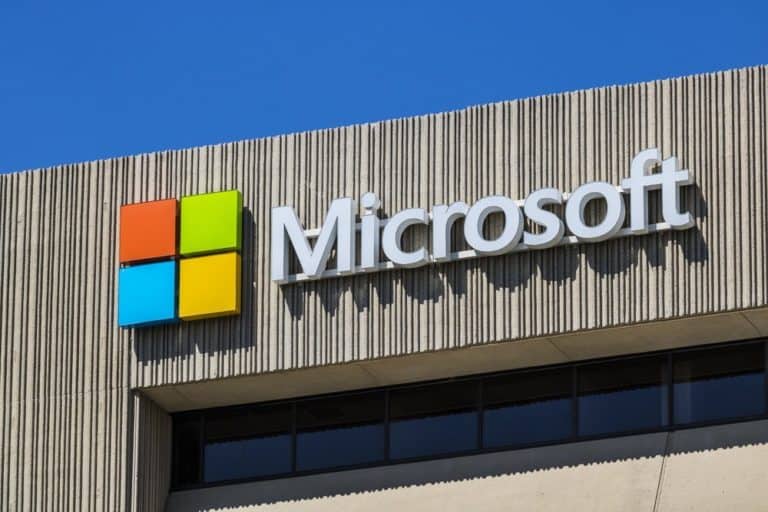Microsoft is investing an unknown amount in Grab, a taxi service that also offers on-demand services. According to the agreement, the two companies will work together on big data and AI projects, says TechCrunch.
According to the agreement, Grab will use Azure as a cloud platform. The intention is that Grab will use this platform, and other Microsoft products, to scale its own digital platform. That apron has become more than a taxi service, since Grab now also has its own payment service and delivers food.
In addition, the two companies are working on several “innovative deep technology” projects, including new ways of authentication such as facial recognition with built-in AI, to replace the old method of checking an identity. “Our partnership with Grab offers new opportunities to innovate in both a rapidly changing industry and a growing area,” said Peggy Johnson, executive vice president at Microsoft.
In addition, the companies will investigate applications for natural language processing, machine learning and AI within Grab’s platform, for example for making maps and detecting fraud. The possibility for passengers to take a picture of their current location and translate it into an address for a driver will also be considered.
Toyota
Grab and Microsoft already have a connection to Toyota. Toyota recently invested 1 billion dollars in Grab, and has been working with Microsoft for several years. Microsoft has decided to grant Toyota a licence on its patents for internet-connected cars.
In April 2016, the two companies concluded an agreement to establish a data analytics company called Toyota Connect. That company focuses on creating new internet-connected services for cars. Toyota Connect uses Azure to collect and evaluate data, and to create new products for drivers, fleet companies and dealers.
This news article was automatically translated from Dutch to give Techzine.eu a head start. All news articles after September 1, 2019 are written in native English and NOT translated. All our background stories are written in native English as well. For more information read our launch article.